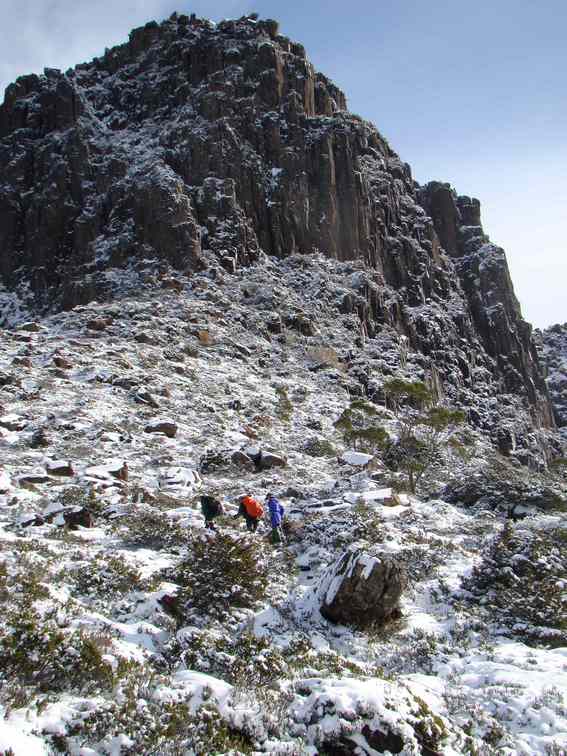Warwick Sprawson is our guest blogger. He is the author of Overland Track which is available for purchase in our bookshop. Here, he asks the question – “When is the best time to walk the Overland Track?” The ‘best’ season for hiking Tasmania’s Overland Track is as personal as your scroggin mix. Some thrive on… Continue reading When Is The Best Time To Walk The Overland Track?

